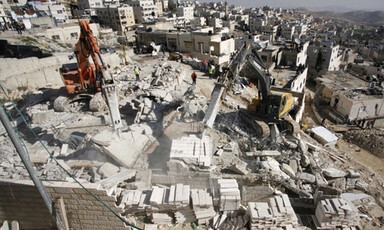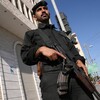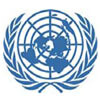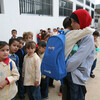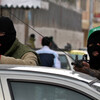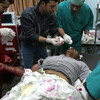
We All Want to Live!
26 December 2006
But here, in the heart of Beirut, the atmosphere seems quite different. The Opposition is in the streets, holding a sit-in until the formation of a “national union” or “national unity” government or until Fuad Siniora�s government is toppled. Sunni�Shi�a agitation has reached a peak, despite assurances that Lebanon cannot be “Iraqized” [in the past, we have heard assurances that Iraq cannot be “Lebanonized”]. A martyr [whom government supporters described as having been “killed”] has fallen from the opposition ranks. The wounded number in the tens. A Western newspaper talks about new weaponary that has arrived at the Internal Security Forces from an Arab country [United Arab Emirates] in order to counter the influence of “Hezbollah” and Iran. Read more about We All Want to Live!

